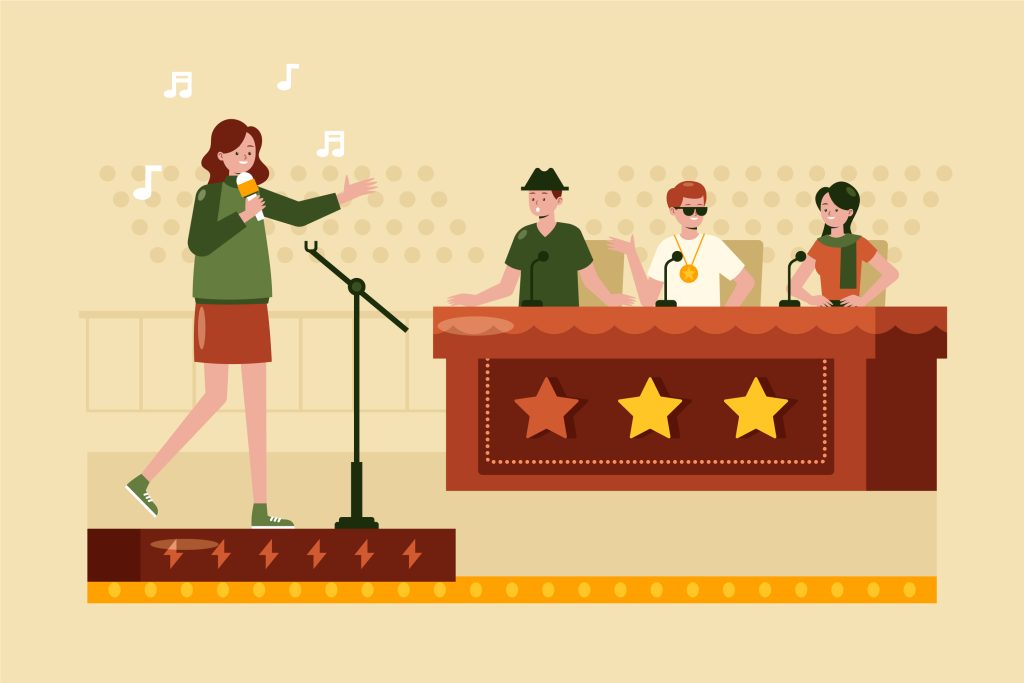As a speaker, one of your main goals is to captivate your audience and keep them engaged throughout your presentation. A passive audience is a disengaged audience, and a disengaged audience is less likely to absorb your message, take action, or even remember what you said. One of the most powerful tools in a speaker’s arsenal to maintain engagement is the art of asking questions. When used strategically, questions can create a dynamic, interactive experience that fosters deeper connections with your audience and encourages active participation.
But how do you effectively use questions to keep your audience engaged? Let’s explore how asking the right questions at the right time can help you maintain energy, build rapport, and keep your listeners focused on your message.
1. Start with a Hook Question to Capture Attention
The beginning of your presentation is crucial. You have only a few seconds to capture your audience’s attention, and one of the most effective ways to do that is by posing an intriguing or thought-provoking question right at the start. A well-crafted hook question grabs your audience’s attention and primes them for the content you are about to share.
For example, if you’re giving a talk on productivity, you might ask, “How many of you feel like you’re constantly busy, but never truly productive?” This kind of question immediately resonates with your audience’s experiences, making them feel personally involved and eager to hear your solutions.
Your opening question should be relevant, clear, and thought-provoking. It shouldn’t have a simple “yes” or “no” answer, but rather encourage your audience to reflect on their own experiences and expectations. This not only piques their curiosity but also sets the tone for an interactive presentation.
2. Use Questions to Create a Two-Way Conversation
Rather than delivering a one-way monologue, strive to make your presentation a conversation. Asking questions throughout your talk helps turn your speech into an interactive dialogue. It encourages audience members to engage mentally, even if they don’t verbally respond. This mental engagement helps prevent your audience from zoning out or becoming passive listeners.
For example, you could ask, “How many of you have ever faced this challenge?” or “Has anyone here experienced something similar?” These questions invite people to reflect on their own experiences, making them feel personally connected to the subject matter.
Even if your audience doesn’t directly respond, simply asking questions keeps their attention focused on what you’re saying and encourages them to consider the relevance of your points to their own lives. Pausing after a question gives people time to reflect, and they are likely to stay more focused on what comes next.
3. Use Rhetorical Questions to Stimulate Thought
Rhetorical questions—those that don’t require an answer—are a great way to keep your audience engaged by prompting them to think deeply without interrupting the flow of your presentation. These questions can challenge assumptions, make people reflect on the deeper meaning of what you’re saying, or even lead them to the next key point.
For example, if you’re discussing the importance of leadership, you might ask, “What makes a great leader? Is it charisma, experience, or something else?” This question causes the audience to think about their own definition of leadership, creating a mental bridge to the deeper concepts you’ll explore in your talk.
While rhetorical questions don’t require direct answers, they can encourage your audience to think critically and engage with your message on a deeper level. A well-placed rhetorical question can also be used to shift the direction of your presentation or provide emphasis for a key idea.
4. Use Polling Questions for Audience Involvement
Incorporating audience participation through polling questions can be a powerful way to boost engagement. In a large group, you can ask the audience to raise their hands in response to a question, or you can use interactive tools (such as audience polling software) to gather live responses. Polling questions allow you to gauge the group’s thoughts and make your talk feel more collaborative.
For example, if you’re speaking on health and wellness, you might ask, “How many of you have made a New Year’s resolution related to health this year?” If you’re using a polling tool, you can then share the results with the audience, which can help to create a sense of community and collective involvement.
Polling questions also help you tailor your message in real-time. If a significant portion of your audience is unfamiliar with a particular concept, for example, you can adjust your presentation to provide more background information. Polling provides immediate feedback and creates a sense of interactivity that keeps people engaged.
5. Ask Follow-Up Questions to Deepen Engagement
Follow-up questions are a great way to keep the conversation going and probe deeper into the topics you’re discussing. After asking an initial question, you can ask your audience to elaborate or expand on their answers. This encourages critical thinking and helps people apply the content to their own lives.
For instance, after asking, “How many of you are currently using a time management strategy?” you could follow up with, “What’s working for you? What challenges are you facing?” This not only invites more detailed responses but also opens up space for people to share their thoughts, ideas, and experiences with each other.
In small group settings, you can encourage discussion by asking people to talk to each other about a particular question. In larger groups, you could invite volunteers to share their answers. This deepens the level of engagement by allowing people to reflect on their responses and learn from others.
6. Use Questions to Summarize Key Points
Asking questions at the end of a segment or presentation can serve as a great way to summarize and reinforce the key points you’ve made. Questions help your audience reflect on what they’ve just heard and solidify their understanding of the material.
For example, after discussing a concept, you might ask, “So, what does this mean for you and your team moving forward?” or “How can you apply this strategy to your own work?” These reflective questions prompt your audience to think critically about the content and its real-world applications, which helps them retain the information better.
7. Encourage Questions from the Audience
Finally, inviting questions from your audience during or at the end of your talk is one of the best ways to engage your listeners. Not only does this give your audience an opportunity to clarify any confusion, but it also fosters a sense of community and participation. When people ask questions, it signals that they’re invested in the topic and eager to learn more.
Even if you don’t have time for a full Q&A session, consider leaving a few minutes for audience questions. This shows that you value their input and fosters a more interactive and inclusive atmosphere.
Conclusion
Asking questions during your presentation is one of the most powerful ways to keep your audience engaged. Questions help to create a dynamic and interactive environment, encouraging reflection, participation, and deeper understanding. By using questions strategically—whether as an opener, a conversation starter, or a way to summarize key points—you can transform a passive audience into active participants, making your talk more memorable and impactful.
The key is to make your questions relevant, thoughtful, and timed well within your presentation. When used effectively, questions don’t just break up the monotony—they enhance the entire experience, making your message resonate more powerfully with your audience.










